Milieu’s namesake is a French word, roughly translating to the space or environment in which one lives or is influenced by. The property developer and recently Certified B Corporation is guided by the belief that homes, neighbourhoods, and surroundings aren’t merely observed, but felt.
Founded in 2010 in Melbourne, Milieu believes development is not only a creative act, but an opportunity for problem-solving and fostering connection with the community.
With the complexities of property development, B Corp certification wasn’t an easy road for Milieu. Our CEO Andrew Davies sat down with Milieu’s Managing Director, Michael McCormack, to discuss the journey to certification and how considered property development must play an important role in the future of our cities.
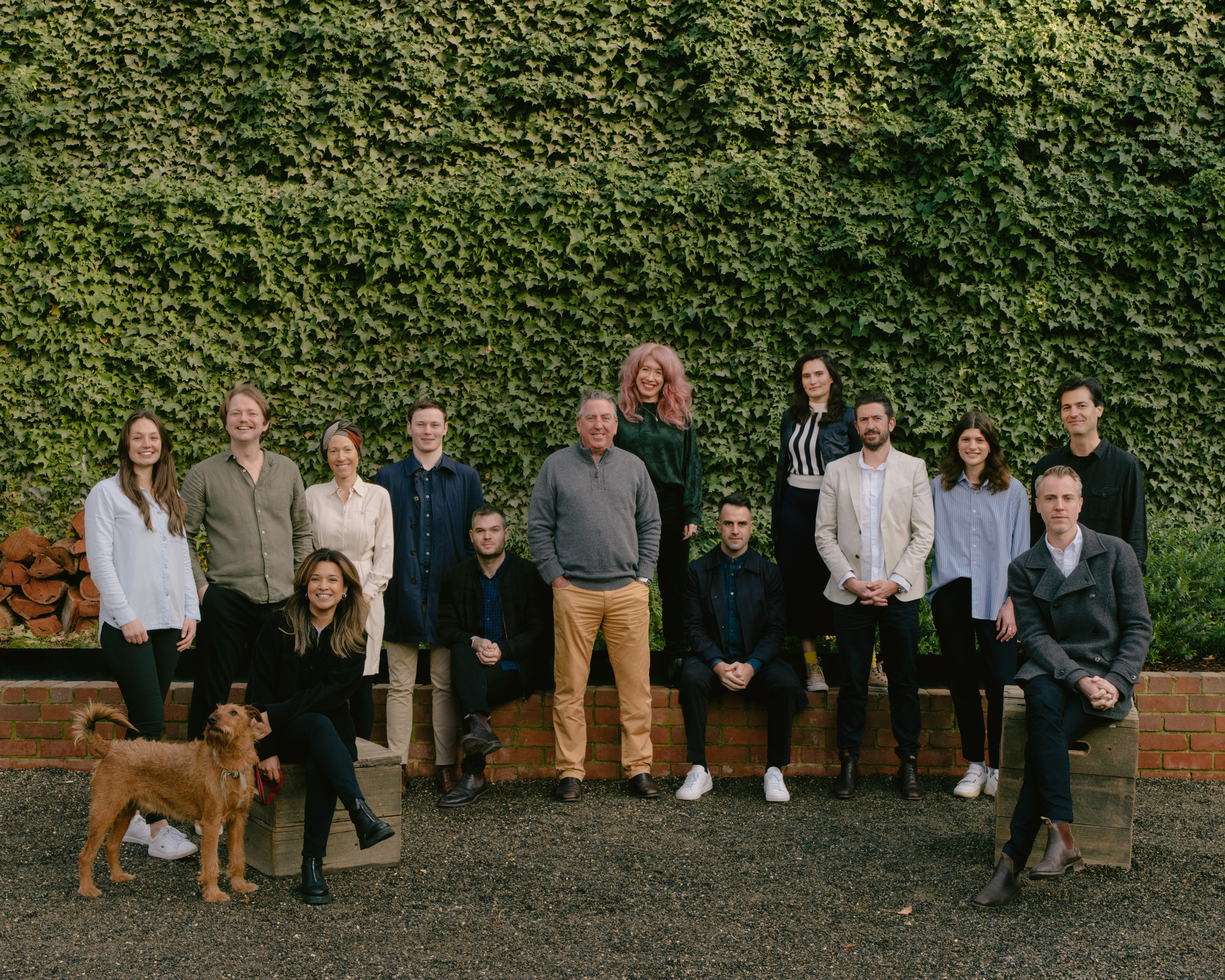
The Milieu team, photography by Gavin Green
Michael: At our core, we’re a property development business. We started the business at a time in Melbourne when there was a lot of work in the CBD primarily aimed at investors. We wanted to do something different and focus on owner-occupiers. So our projects are in the inner and middle rings of Melbourne — primarily the inner north — and we focus on not just owner-occupiers, but occupiers more broadly.
Andrew: What brought you to the B Corp world? What piqued your interest? Why did you go through this incredibly difficult process to get certified?
Michael: It was a challenging process. I first became aware of it through a friend and fellow developer, James Tutton. He’s a developer at Neometro and I think he was one of the original board members of B Lab Australia & New Zealand — he introduced me to the certification process. I knew we were doing all these amazing things for our staff, for the community, and for our customers, so I thought we would do really well.
I went onto the website and filled out our first assessment. We actually scored quite poorly in that self-assessment process.
What I realised is that none of the things we were doing in this space were really written down or enshrined within our business.
We were going through a process of growth at that time as well, so we’ve viewed it as a really great way to ensure that as we grow, we maintain these social and environmental objectives within the business that are fundamental to who we are and what is important to us.
For us, B Corp is all about improving ourselves as a business rather than the recognition, although that’s also great. Becoming a Certified B Corporation was a tool to improve our business. We’re quite a small, dynamic business, and we didn’t have a lot of the systems, processes, and documentation to support the things that we were doing.
It was an amazing thing for the team as well. We did it as a team and we worked on it for a number of months. So it forced conversations and really helped us to focus on what was important from a business perspective. It was a challenging process, but enjoyable and absolutely worthwhile. The goal now for us is to continue to improve year on year from a score perspective.
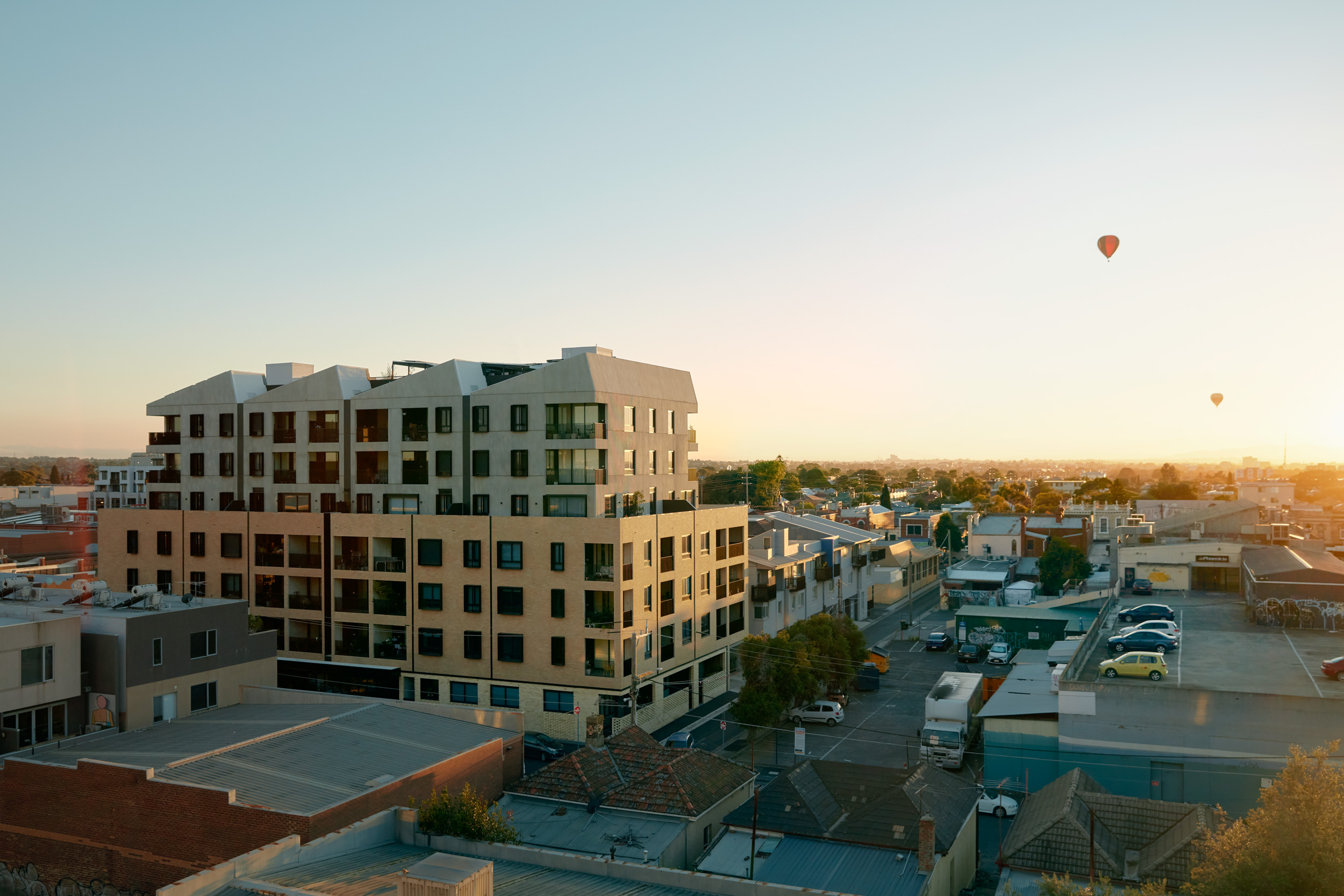
Project: Breese Street, Brunswick by Milieu, architecture by Breathe Architecture and DKO, photography by Tom Ross
Andrew: Property developers don’t always have the best reputation; they’re often the face of projects that can be of fierce contention for local communities. What do you see as the role of business in your sector for creating places for people to live?
Michael: It’s super important, particularly in our sector. It’s easy to think about it in bricks and mortar, but what we’re doing is creating housing for people, which is an absolute necessity and not always positively done, unfortunately. As a developer or builder, it’s pretty straightforward to make a contribution to the bricks and mortar, but we wanted to also contribute to the broader context that we live in, from a social perspective — that’s the harder thing to do. Putting aside the necessities like social infrastructure and schools, people choose the location they wish to live in, at least in part, based on the culture and social fabric of the area. As a developer who benefits from people choosing to live in the areas we are developing, it is important that we look to contribute and foster this through our activities outside of core development.
Andrew: How do you go about doing that? How do you go about understanding what the needs are of communities and the areas that you work in?
Michael: The natural inclination of when you learn about a development next door to you is a defensive line. That’s understandable. But the reality is if we think we need a dense urban environment, which we do, we do believe that then we need more housing, and we need development in these areas. So we look to engage early and we’ll do that through a vast array of things like direct engagement with different communities and interest groups, and public engagement through surveys. What we hope is that people, if they acknowledge that housing is required, and therefore density is required, if they engage with us in a constructive way, they can often positively influence the outcome.
Andrew: I think it’s fascinating this belief in the need for more density. Density is a negative word in many senses, and it is seen as a privilege to have space. When we think about how we live, compared to how we need to live for the future, what do you mean by density as a good thing?
Michael: If it’s in a moderate and controlled manner, density can be a good thing. The density in Melbourne is continuing to sprawl, which means that many people are going to be living further away from work and further away from social and public infrastructure. The result of this is likely to be more time spent commuting in a car on a freeway, or relying on public transport that isn’t that great as you move outside of the inner and middle rings. A great example of moderate density in Europe is Paris and the five levels, straight wall height. It’s a consistent height throughout a lot of the neighbourhoods within the city and means that while people are living closer together, they have access to all of their daily needs and infrastructure.
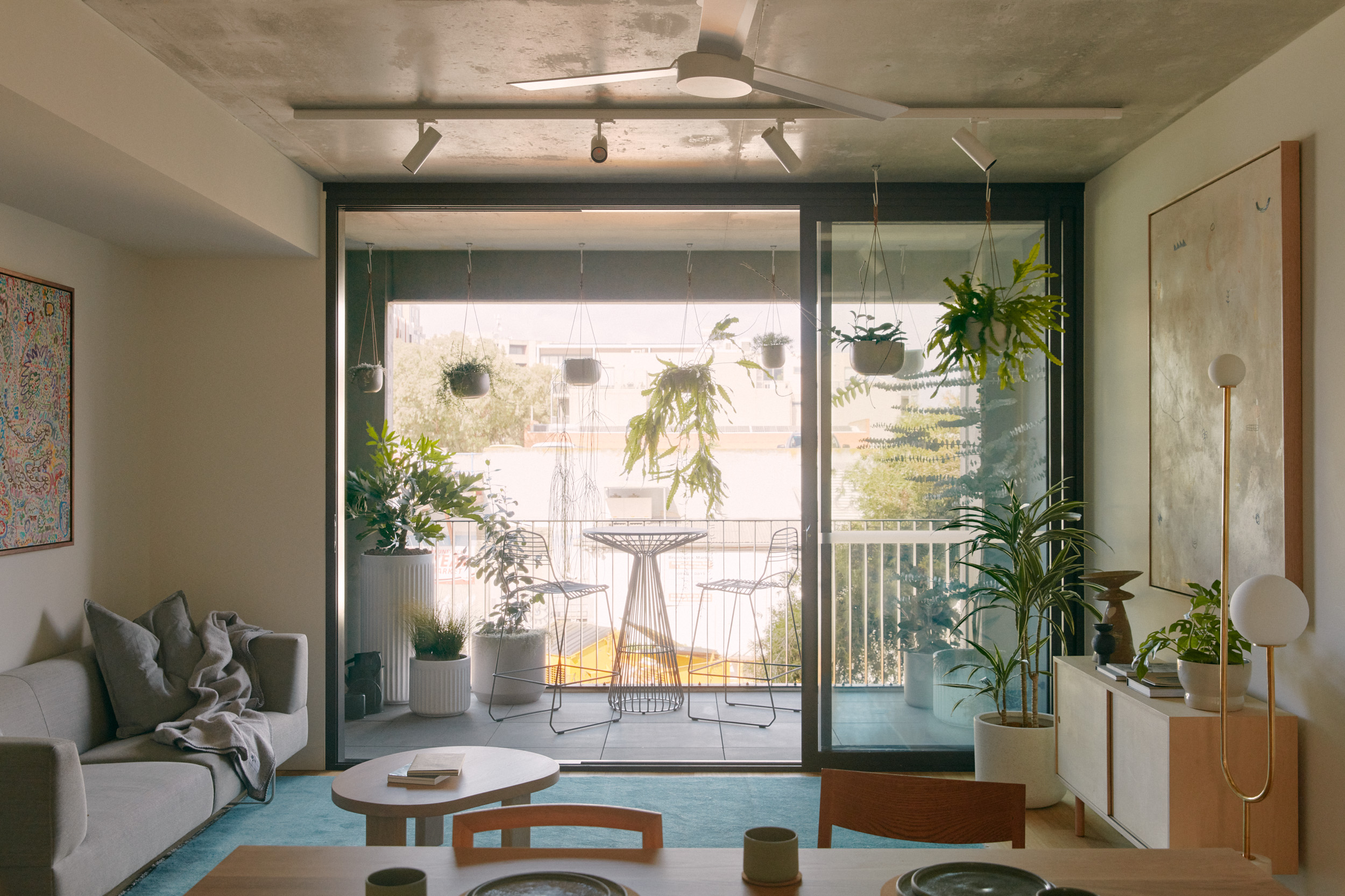
Project: Breese Street, Brunswick by Milieu, architecture by Breathe Architecture and DKO, photography by Tom Ross
Andrew: It’s so interesting seeing how different cities function and how they evolve. Do you think we’ve lost the future perspective on cities? Are we looking far enough into the future?
Michael: I don’t think we are.
We’re not thinking enough about a future that it’s going to involve less cars, and a future that should be more sustainable.
Those things really need to be focused on if we are going to continue to live in cities. Our population is growing and we need to start thinking a bit more about those things.
Andrew: Do you see the role of developers participating in that, or just responding to what people want you to build? What does leadership look like to you in the development sector?
Michael: It’s tough because development is a competitive process, and it’s a commercial process as well. It does start with putting some very clear frameworks in place. I’m a big supporter of mandatory frameworks as well, rather than preferred frameworks. I think the only people that win out of those preferred frameworks are landowners that cash in on developers really trying to maximise what they can put on sites. I think government has a large part to play in setting up the framework, but developers can certainly play a more active role in advocating and assisting.
Andrew: That’s maybe an unusual perspective, calling for mandatory rules.
Michael: I think it would set a fair playing field. It means that you can deliver a moderate density. Ultimately, people are pushing land values up through trying to maximise as much as they can put on sites.
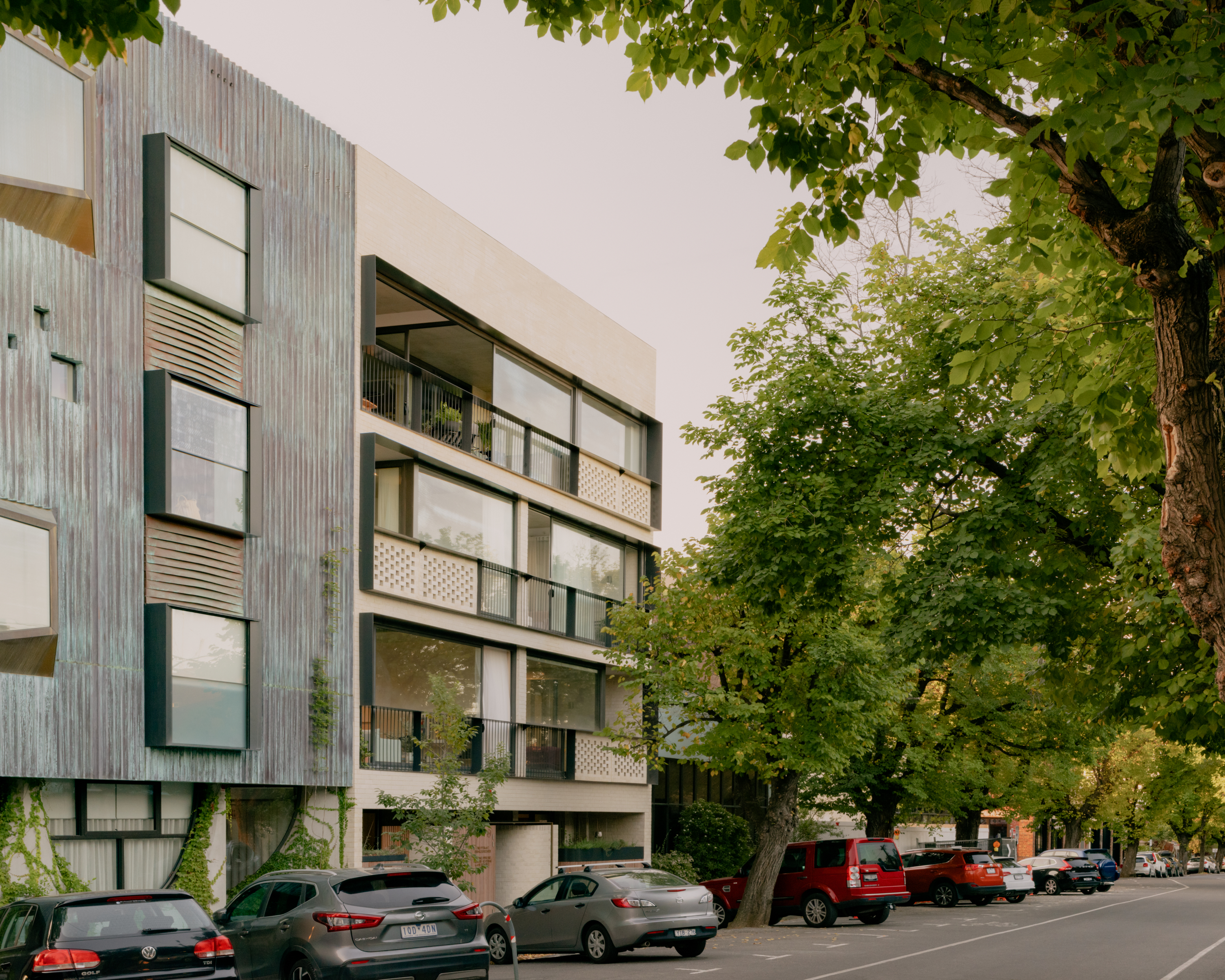
Project: 223 Napier Street, Fitzroy, architecture by Freadman White, photography by Gavin Green
Andrew: We often talk about rising inequality as the third global crisis, alongside the climate crisis and the pandemic. What’s your perspective on how we can help people get into property and start to climb that classic Australian ladder of property ownership when the common perception is that investors in the market are outbidding those first-time buyers? Is there a role for developers here and thinking about the mix of properties?
Michael: Yes, definitely. That was really the start of our journey. When we started there was a large focus on investor grade projects in the CBD, my wife Laura and I were looking for somewhere to live in Fitzroy at the time, and we couldn’t afford the established house price in the area. We had the choice of either moving into one of those apartment projects that weren’t built with the quality we wanted, or moving further out and sacrificing location. So, I guess the starting point for Milieu was meeting a need.
Our first project was an established property — a terrace house that was about 300 square metres — and we put five townhouses on the property. They were all bought by owner-occupiers. I think three of the five were bought by people like Laura and I. We feel that developers definitely have a large part to play in creating housing and homes for people that are affordable and attainable.
Andrew: One of the challenges is what often makes a good local neighbourhood is diversity — including the people from different backgrounds that live in it. We’ve become even more conscious through the pandemic of how our local neighbourhood is even more critical to our quality of life. Yet if we don’t embrace different forms of development, we’re not enabling that diversity. So there’s a real challenge there to work with the expectations of local people who have a bias for the status quo, who don’t want different development, but want diverse neighbourhoods.
Michael: I live not far from the top of Sydney Road. I think that’s just a fantastic strip because it is so diverse. I mentioned earlier that we’re primarily an inner north developer. That’s because we’ve lived in and hung out in those areas and therefore have seen more opportunities in the area. But over the last 12 to 18 months, we’ve been looking to diversify geographically outside of the inner north. We’ve been asking ourselves what areas we’d like to focus on, which has been an interesting exercise because it’s forced us to think about who our customers are, what’s important to them, and what alignment we have with them.
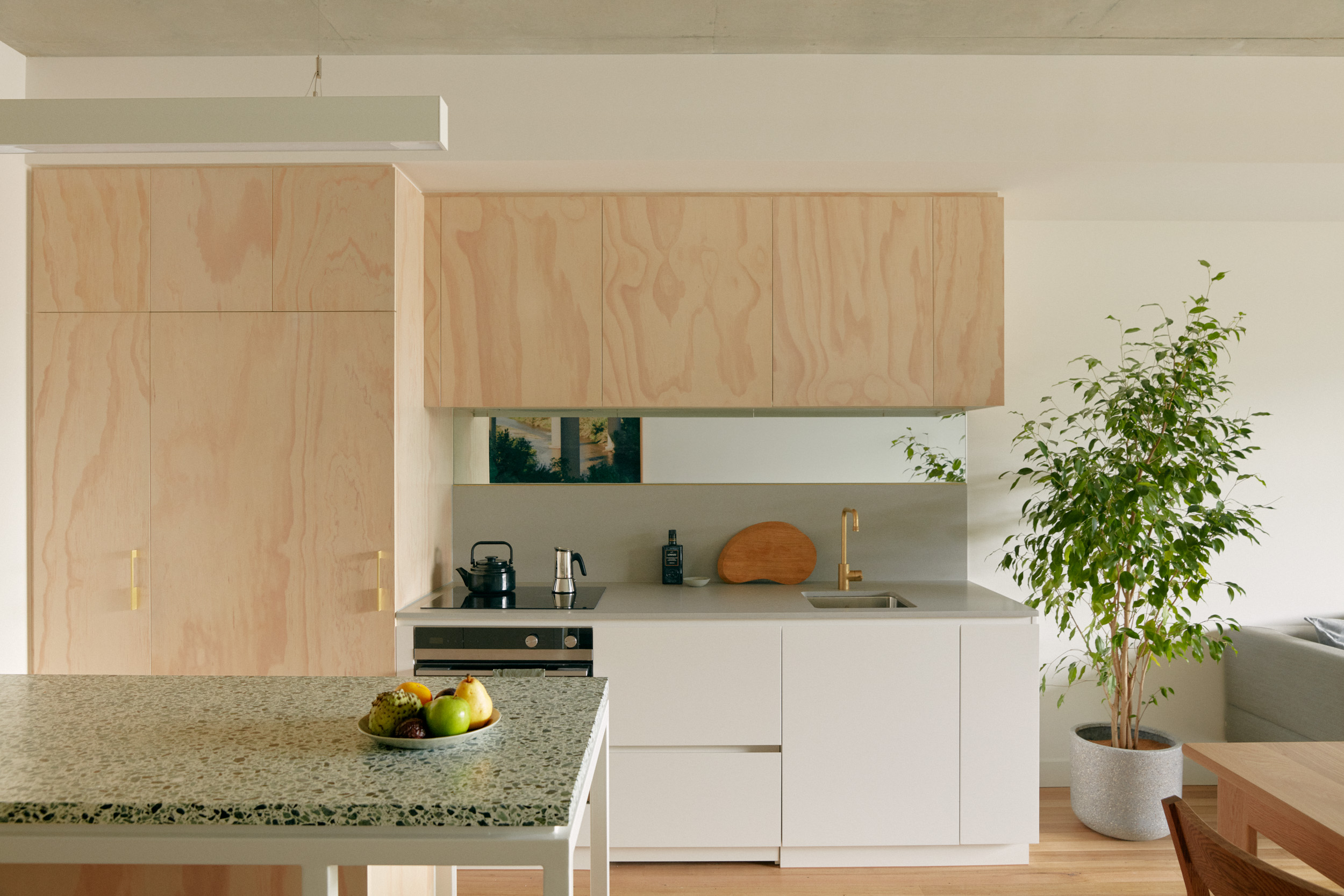
Project: Breese Street, Brunswick by Milieu, architecture by Breathe Architecture and DKO, photography by Tom Ross
Andrew: I also love this idea of urban repurposing. We’ve seen some pretty major examples of that in most cities, with major dockland areas rediscovered and repurposed into commercial areas. Is this something that happens on a smaller scale as well? What does a brownfield site in an inner suburb even look like?
Michael: Historically, in our experiences, most of the inner north was light industrial-commercial. Most of the properties that we develop are brownfield sites or urban infill sites on a smaller scale. They’ve quite often got previous uses that would give rise to potential environmental issues. It’s quite a framework for dealing with that from an environmental audit perspective. On a larger scale, Fitzroy Gasworks is going through a process led by the government which we put out to competitive private tender. That’s a great example of a brownfield site that has been repurposed for mixed-use, including residences and a public school. I think we need more of that.
Andrew: I understand you build spaces that often have hospitality operations in them, but you actually operate those as well. Hospitality is an incredibly different business to be in and a very challenging one at the moment. How does that work for you being in those two spaces?
Michael: It’s certainly a challenging space right now. As we grew as a development business, we started moving away from doing smaller townhouse projects to larger apartment projects. Often those spaces on the ground floor aren’t residential spaces, but really important spaces to the community. If you don’t own an apartment in the building, these spaces will be the only thing that you interact with and the only thing that you potentially engage with from a business perspective. So we wanted to make sure that something good was in those spaces because often developers have beautiful renderings of wine bars and cafes, but ultimately there’s a for lease sign once the project’s finished because they’ve been focusing on delivering the projects above.
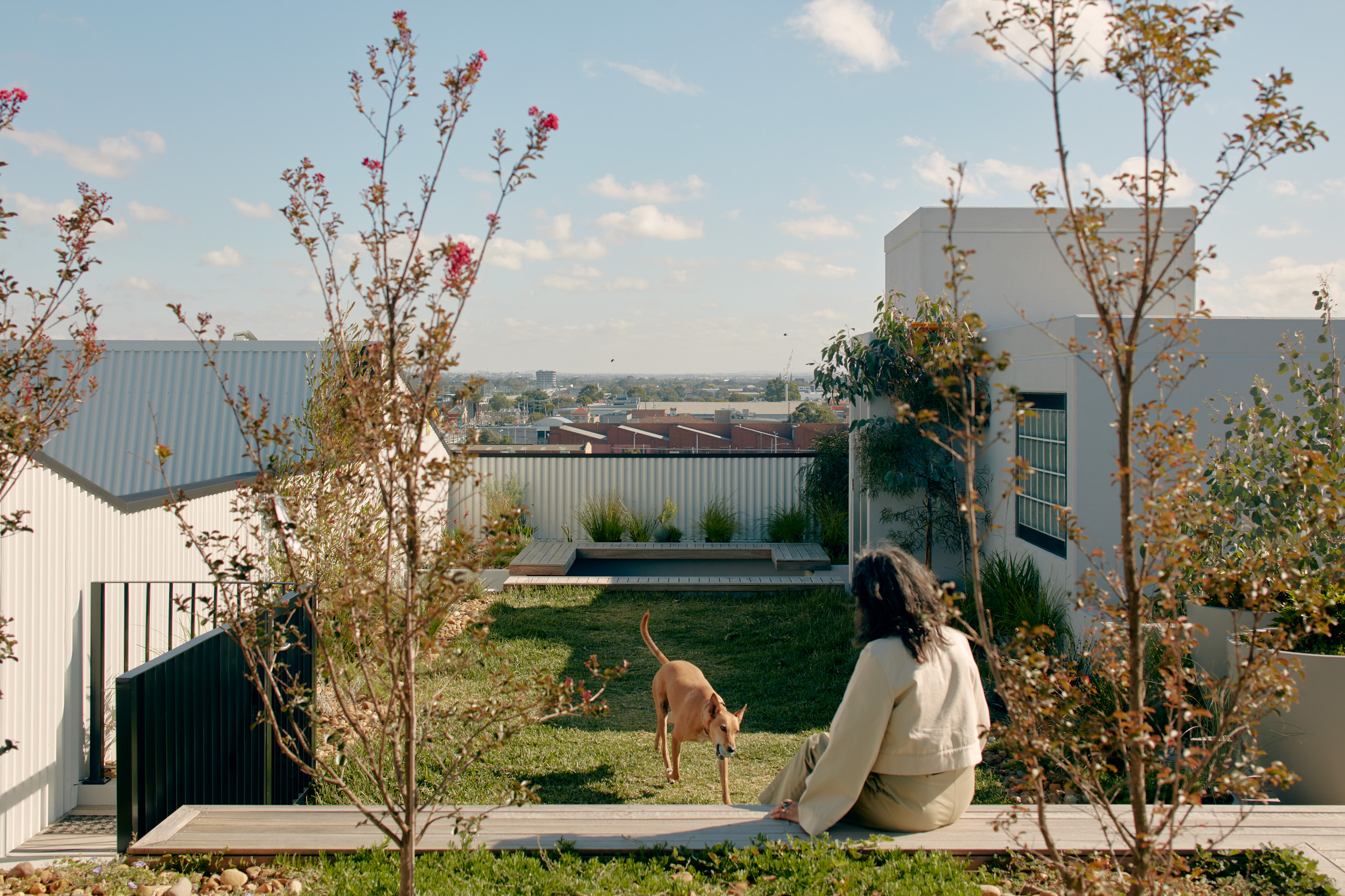
Project: Breese Street, Brunswick by Milieu, architecture by Breathe Architecture and DKO, photography by Tom Ross
For us, there were two ways to do that: to work with a third party or to do it ourselves. My sister and my family generally are in hospitality. We partnered together, and we’ve created a hospitality business, which is now a huge part of our business.
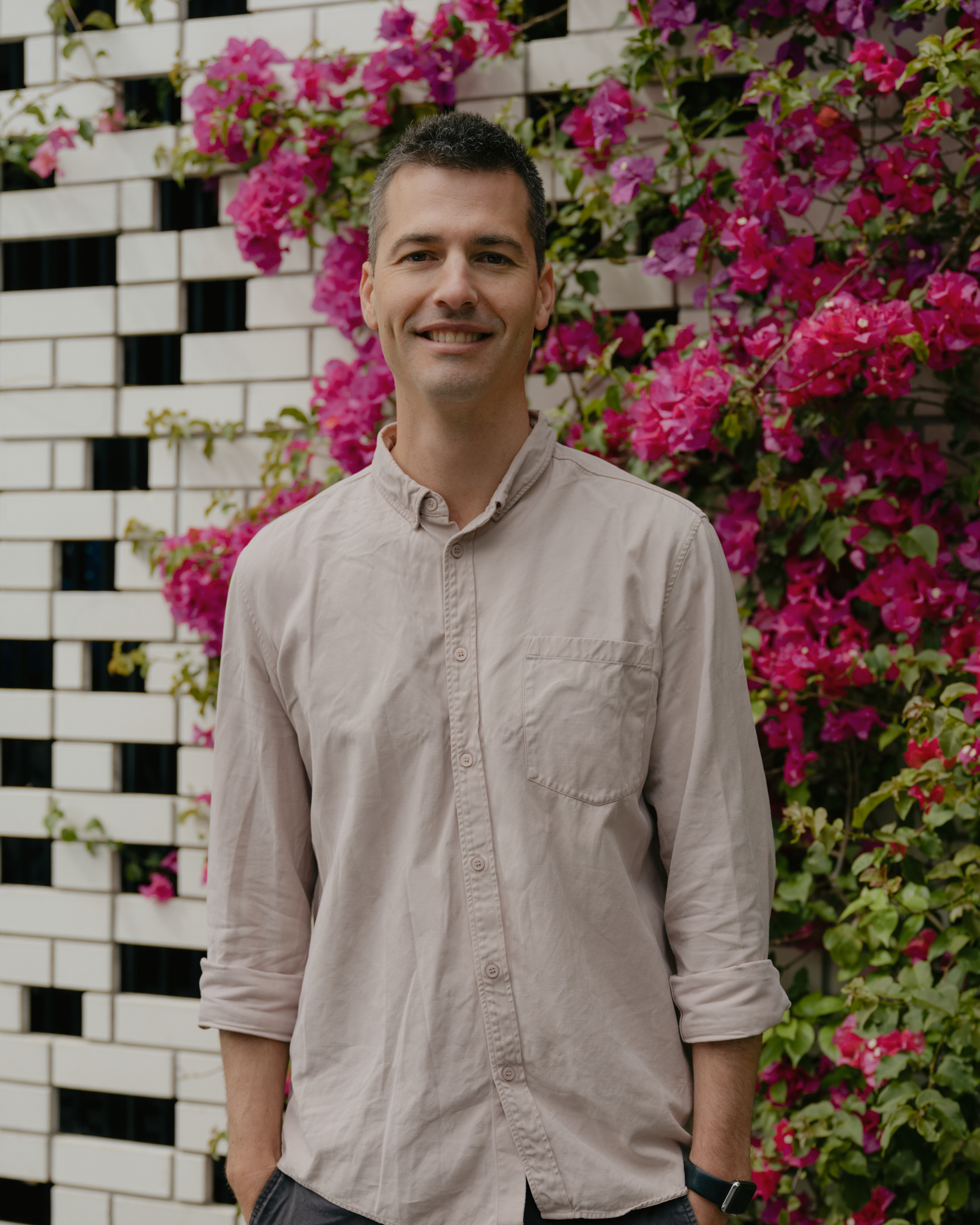
Michael McCormack, Managing Director of Milieu Property, photography by Gavin Green
We find it’s a really great community-building part of our business, not just for our residents, but the wider community as well.
We’re there long after we’ve finished the project. We’re still there on-site, fostering and creating community.
It’s really back to that idea of contribution outside of bricks and mortar. That’s definitely one way in which we do it.
Whilst we’re closed, we’re doing something called Open Kitchen. It started off as basically providing meals to people in hospitality that needed a meal. But we’ve expanded it to basically anyone that needs a meal. So it’s a good way to keep the staff employed, but also a way to help the community.

